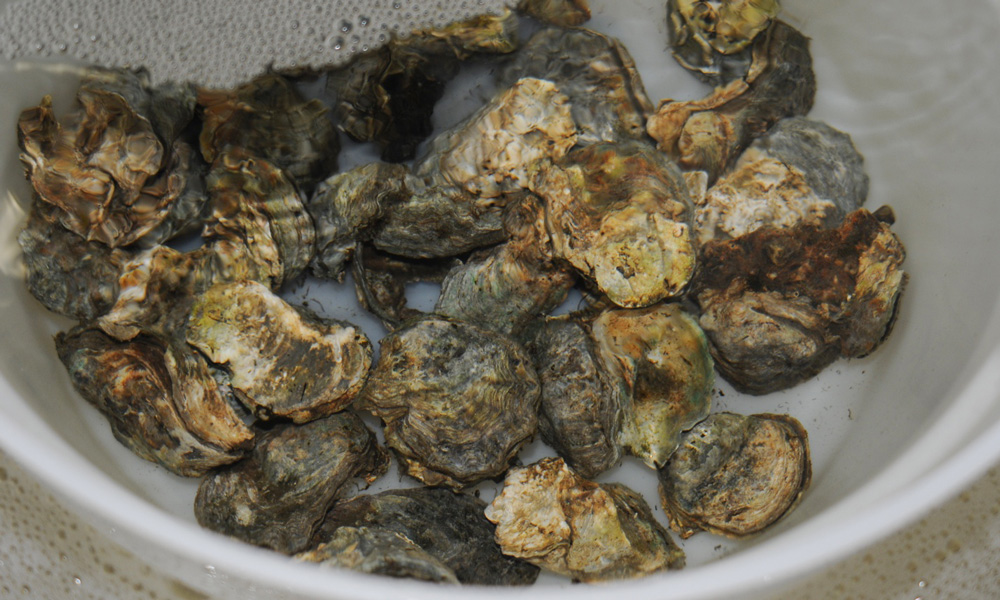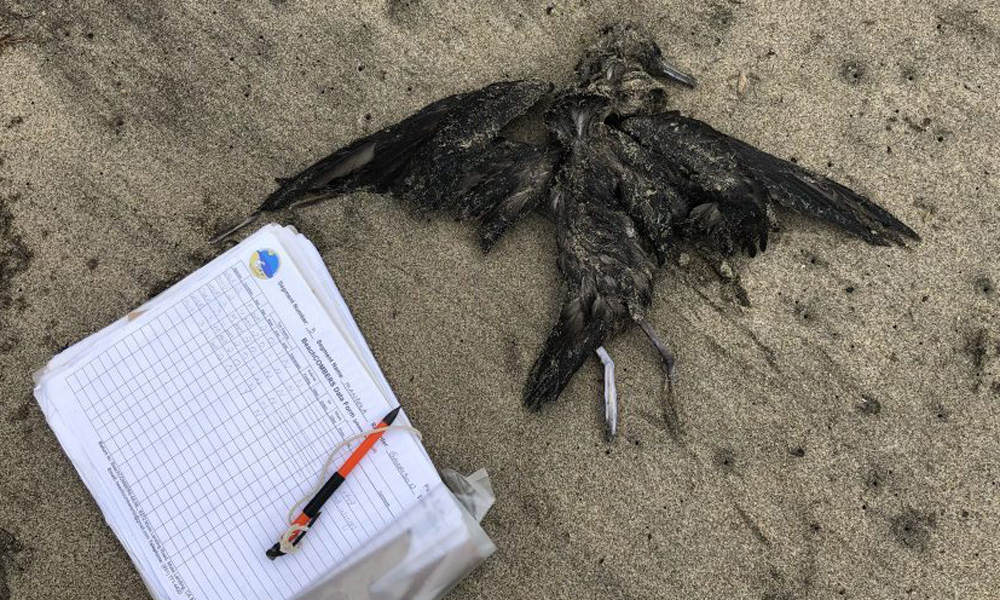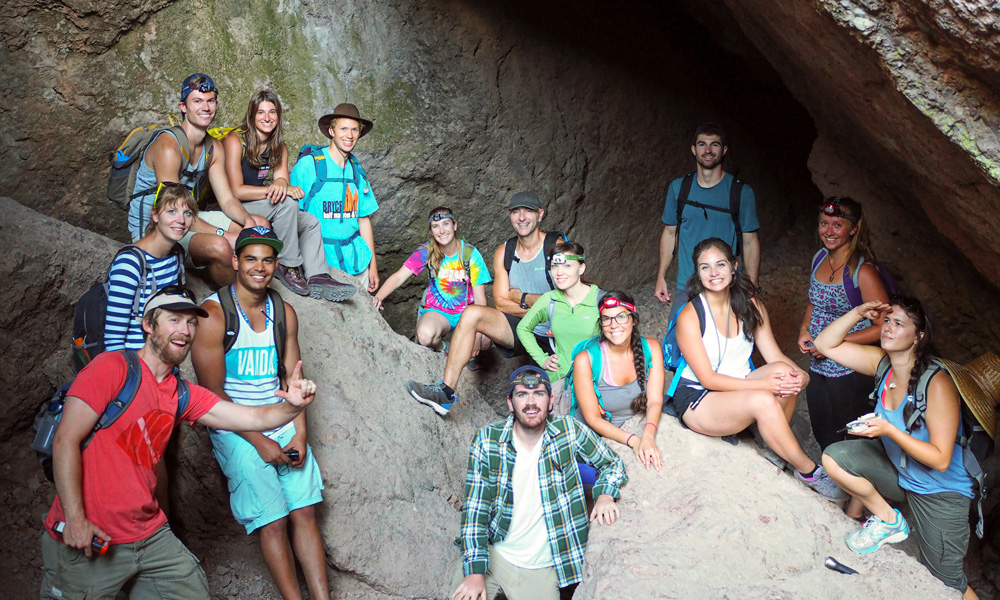Moss Landing Marine Laboratories (MLML) is home to San José State University’s School of Marine Science, which offers a master’s degree and undergraduate courses to students from five CSUs. SJSU faculty and researchers generate millions in research grants. This environment provides students hands-on, field-oriented research utilizing a 60,000-square-foot laboratory, research vessels, an aquaculture facility and a dive program. Faculty from all CSUs can collaborate with MLML faculty and researchers.
Advancing of Aquaculture Research to Meet Emerging Needs in California

Aquaculture is responsible for more than half of all seafood consumed globally. Worldwide aquaculture production increased 176 percent from 2000 to 2018, accounting for 46 percent of global fish production, but production in North America has decreased. Because of perceived environmental impacts, the United States, and California in particular, have not embraced aquaculture.
The San José State University aquaculture facility at MLML is working to change that. It is developing a rigorous foundation in the science and workforce training of sustainable aquaculture. An experiment by a recent MLML aquaculture class found that purple urchins—which currently are devouring large habitat-forming kelps and have been decimating kelp forests in California—could be brought into captivity and fed until they became commercially valuable. Within two months, the urchins produced eggs (or uni), a delicacy in sushi restaurants. This project, which was reported on National Public Radio, demonstrates that aquaculture could attract urchin fishermen to help solve the problem of disappearing kelp forests. Fisheries win, aquaculture practices win, and the kelp forests win.
Two recent projects at MLML highlight aquaculture’s restorative capabilities: both white abalone and native Olympia oysters are being cultured so that they can be returned into the wild to bolster failing populations.
About half as many young white abalone are being raised at the MLML facility as there are in the entire wild population of California. In two years, the abalone will be placed into the wild with the hope that they will help the endangered population recover. Olympia oysters from Elkhorn Slough in Monterey Bay are induced to spawn and the young are grown to sufficient size to be placed into the slough to enhance a population affected by poor water quality and habitat issues.
MLML also has been funded by California Sea Grant and the Ocean Protection Council to identify and culture California native seaweeds capable of reducing greenhouse gas production by ruminant livestock. Ruminants, primarily cows, produce nearly 30 percent of methane in the state. By adding just two percent of certain seaweeds to the diet of cows, methane production may drop by up to 80 percent. Working with the U.S. Department of Agriculture, MLML will determine which California native seaweed species best reduce methane in cows and study how best to propagate those seaweeds for large-scale production.
In addition, MLML has funding from the Pacific States Marine Fisheries Commission to develop culture methods for a potential new aquaculture product, rock scallops. Most rock scallops consumed in the U.S. are from Japan and China. The development of farming techniques for native rock scallops would reduce the carbon footprint of shipping those scallops across the oceans and would allow us to buy local. This will involve creating new hatchery and nursery techniques, growing microalgae to feed these filter-feeders and experimenting with environmental conditions to formulate optimum growth.
Aquaculture could solve a number of emerging issues in California but it has to be done responsibly. MLML is developing new techniques and courses to (1) train the next generation of marine farmers to help with healthy food production, (2) reduce harmful greenhouse gases, (3) work with fisheries to improve their industry and (4) to use aquaculture to improve native populations.
Beachcomers Program Leverages Volunteers to Protect the Environment

For 22 years, MLML has led a team of volunteers and scientists that monitors the health of coastal California by surveying beaches from Santa Cruz County to Los Angeles County. The Beach Coastal Ocean Mammal and Bird Education and Research Surveys (BeachCOMBERS) began in 1997 with the objective to train citizen scientists to collect standardized scientific data within the Monterey Bay National Marine Sanctuary.
Since then, the program has expanded to Southern California and 150 volunteers who document the deposition of marine birds, mammals and turtles. During the first week of each month, survey teams record the number of deaths, species, cause of death (if known) and effects of oil on beachcast specimens. Cases of oil spills, fishery interactions (entanglements), harmful algal blooms (HABs) and plastic ingestion have been documented.
Resource managers have used the data to change the policies on fishing practices to reduce fishery interactions. This long-term dataset was used to recognize that oil was seeping from the USS Jacob Luckenbach, a vessel shipwrecked off San Francisco in 1953. Winter storms often caused the ship to shift and some oil to escape, leading to the deaths of thousands of seabirds. The source of the oil was identified when the oil on the birds was “fingerprinted,” which identified the source of the oil It generated the will and resources to remove the oil from the sunken vessel. Several large die-offs of seabirds occurred throughout the west coast of North America and were attributed to starvation. The migrating birds were mostly juvenile birds that were not finding enough fish. The long-term monitoring also determined that an increase in HABs have affected seabirds and the fish they ate. HABs have been responsible for shutting down the California Dungeness crab fishery, and can have ecosystem impacts from benthic invertebrates to pelagic fishes to higher level predators that are monitored.
BeachCOMBERS is an excellent example of citizen scientists conducting a rigorous science project for years. This project is a collaboration with the Monterey Bay National Marine Sanctuary, California Department of Fish and Wildlife, the U.S. Fish and Wildlife Service and the U.S. Geological Service.
Marine Geology: Deep-Seafloor Drilling Leads to New Knowledge of Earth's Past

Sediments in the ocean basin provide a record of the earth’s climate and tectonic history. Much of the lab research conducted by San José State University Geological Oceanography Professor Dr. Ivano Aiello and his graduate students is focused on analyzing rock outcrops and the deep-sea core sediment record to understand their composition and sources. Dr. Aiello and his marine geology students identify shape, size and composition of the (biogenic) particles that settle through the water column as a result of productivity in the surface waters and the (terrigenous) particles that come from the weathering on the continents. The findings from examining the sediment record collected by international scientific groups such as the Integrated Ocean Discovery Program (IODP) can provide information on terrestrial climate and atmospheric conditions (e.g., rain intensity) as well as tectonic processes such as mountain uplift.
During 2019, Aiello took part in two IODP-NSF (National Science Foundation) deep-seafloor drilling cruises. Both occurred in the Pacific region but in opposite hemispheres.
That summer, he was in the waters off Chile to study the evolution of the Patagonia icefields and the oceanographic and hydrologic change along the northern margin of the Antarctic Circumpolar Current and on the South American continent during the last million years. The Patagonian icefields are an important, yet poorly known component of the global cryosphere. Outside of Antarctica, they are one of the few glaciated regions of the Southern Hemisphere. Previous studies have suggested that the relatively small glaciers that occupy Patagonia are important to global climate because they acted as pacemakers during past episodes of global climate change. This included times when the Gulf Stream was weak or absent (a major oceanic conveyor of heat on our planet). The sediment record collected during the cruise allows, for the first time, the ability to reconstruct the timing and extent of waxing and waning of the ice sheets in Patagonia; the study is currently underway.
In the fall, Aiello sailed on an IODP expedition in the Gulf of California (Guaymas Basin) to investigate the subsurface of this young oceanic basin that is slowly separating the Baja California Peninsula from North America. One of the goals of this deep-sea exploration was to establish the history of precipitation and droughts in the Mesoamerican region for the last two million years, which Aiello’s lab will determine by identifying the sources and types of minerals present in the sediment. Another goal of the expedition was to advance understanding of the conditions that limit life in the deep biosphere. The sediments that fill the ocean basins (two-thirds of the earth’s surface) are some of the largest habitats for life on earth. Yet they pose extreme chemical and physical conditions that would be lethal for life at the surface of our planet. Aiello’s collaboration with an international team of microbiologists aims to shed light on the relationships and interactions between subseafloor sediments and the life they host.